Comb Spider-flower,
Comb Grevillea
Display all 10 images
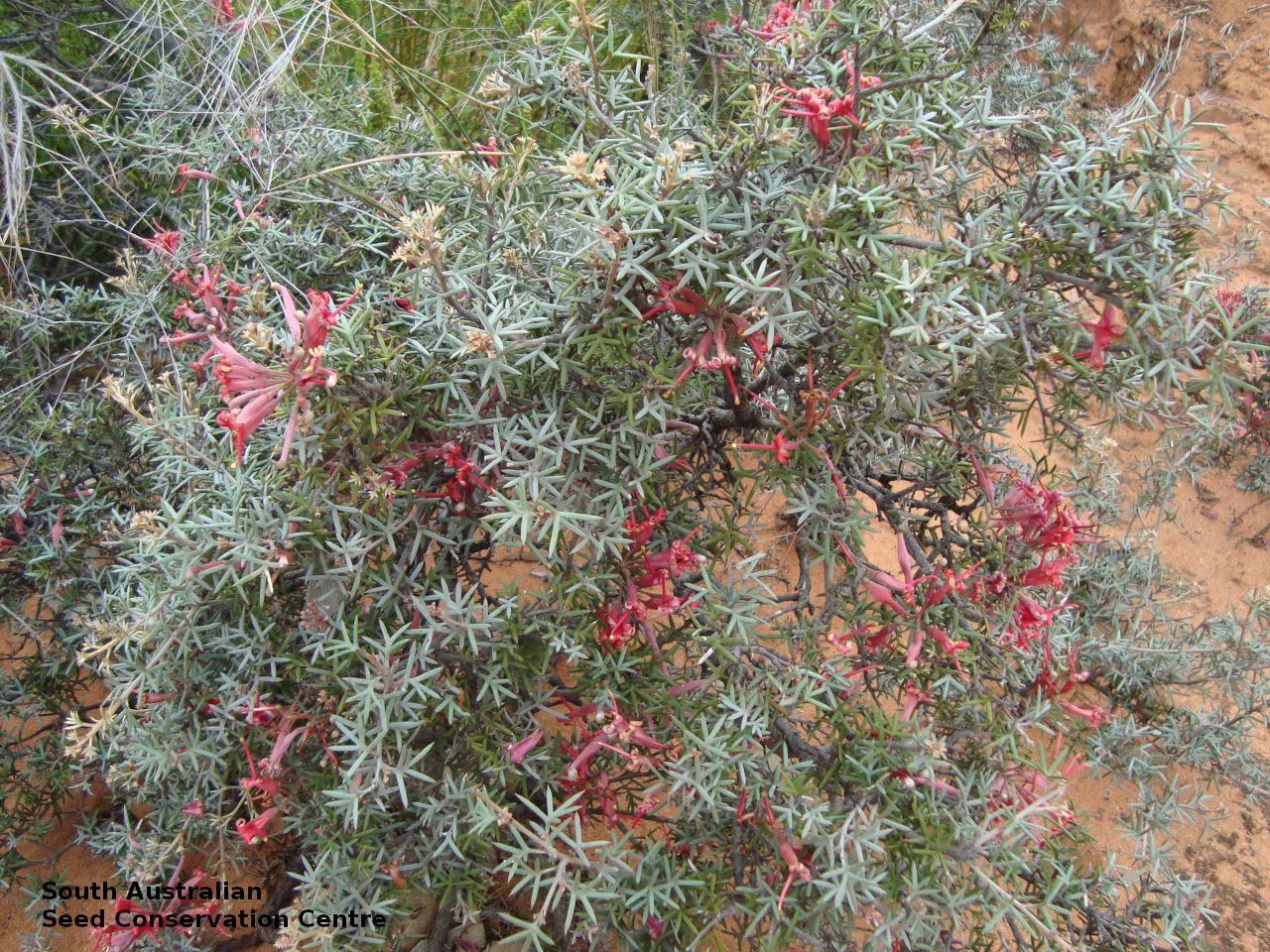
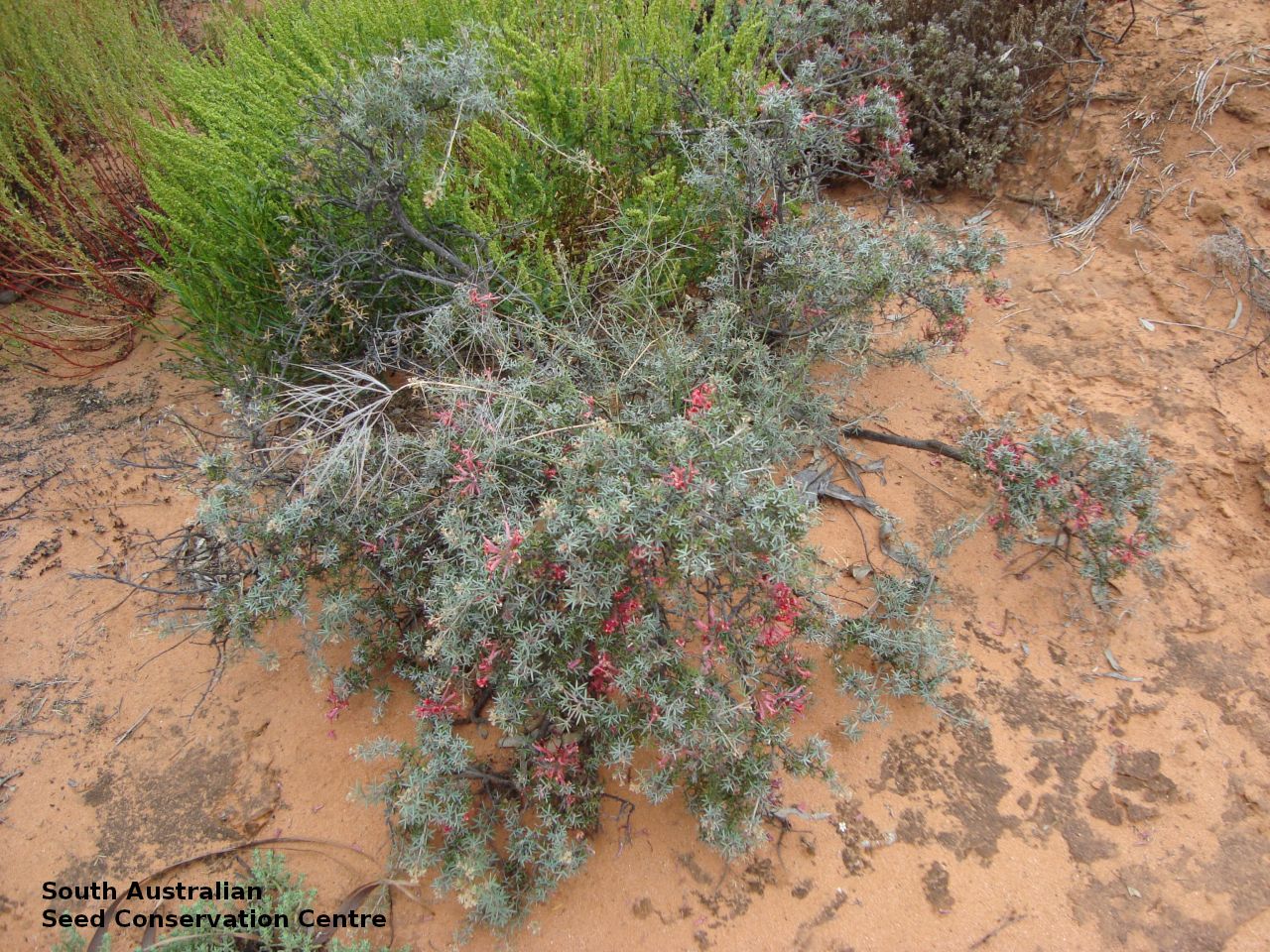
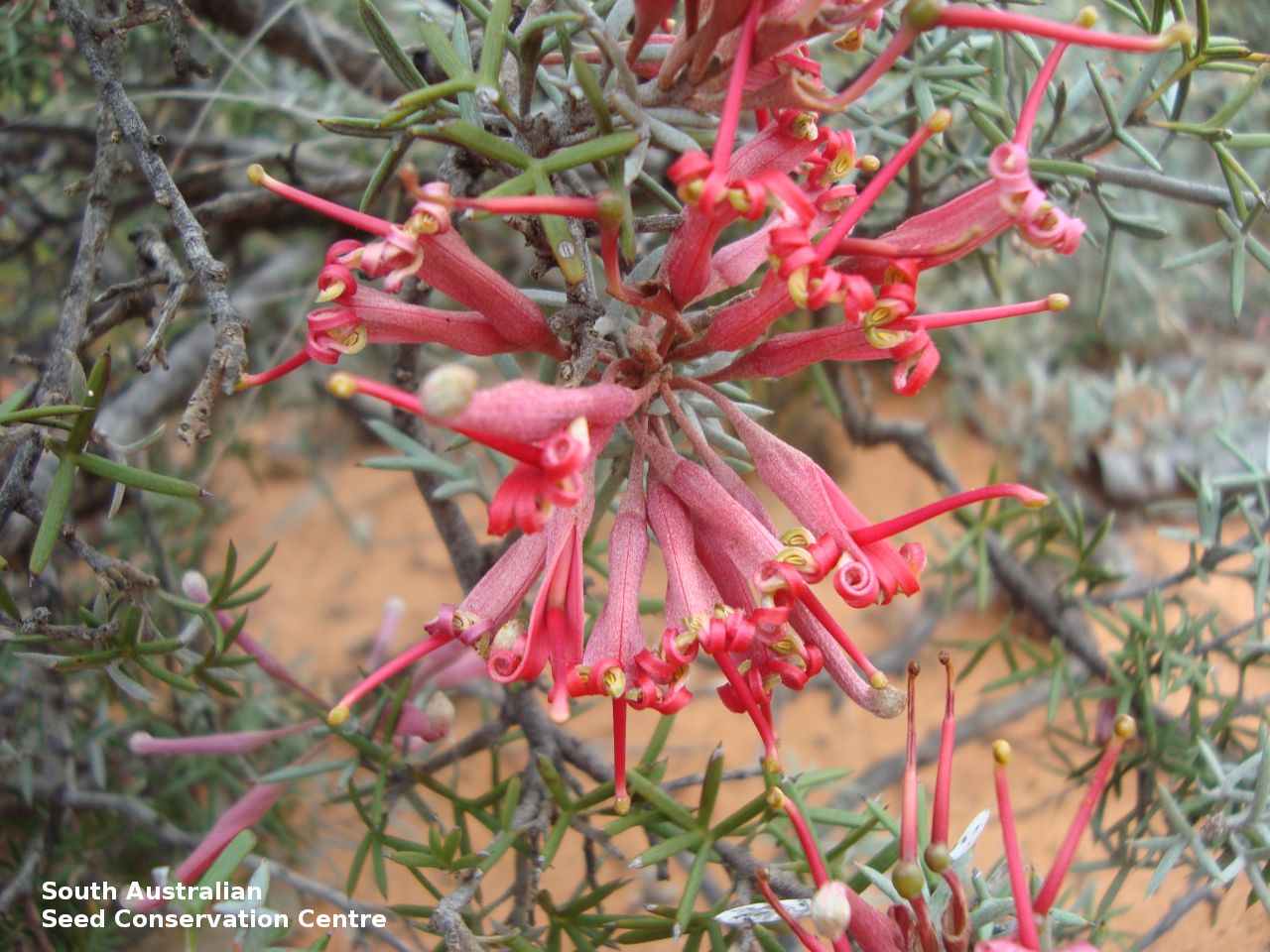
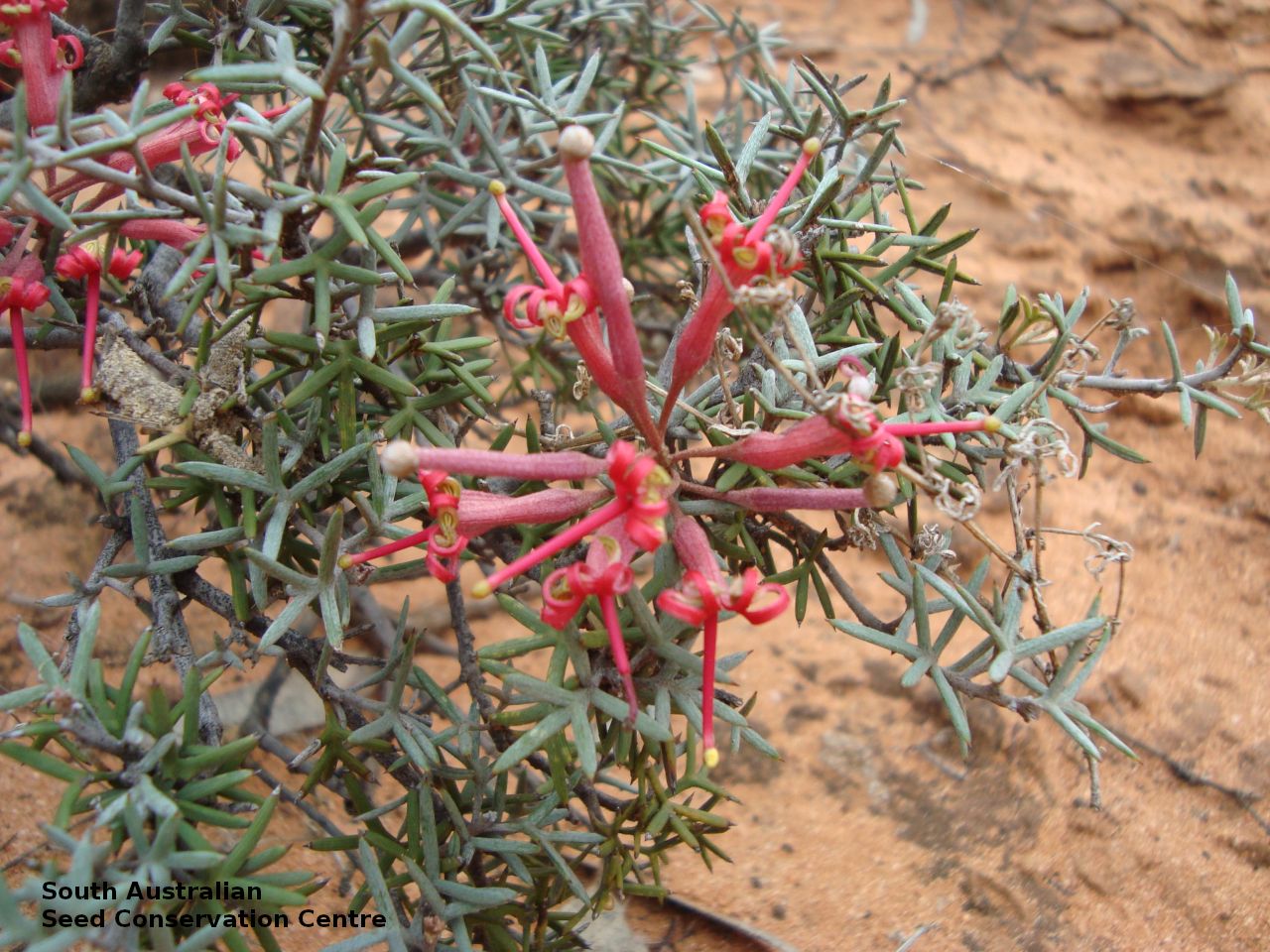
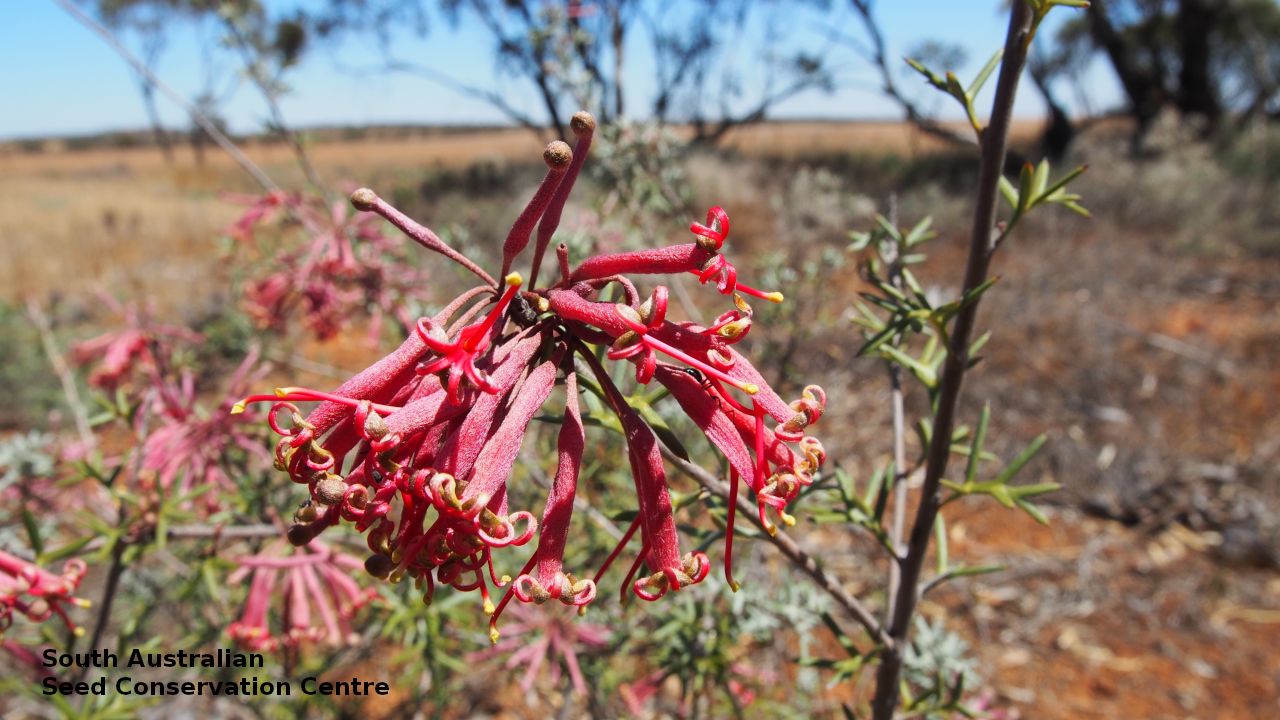
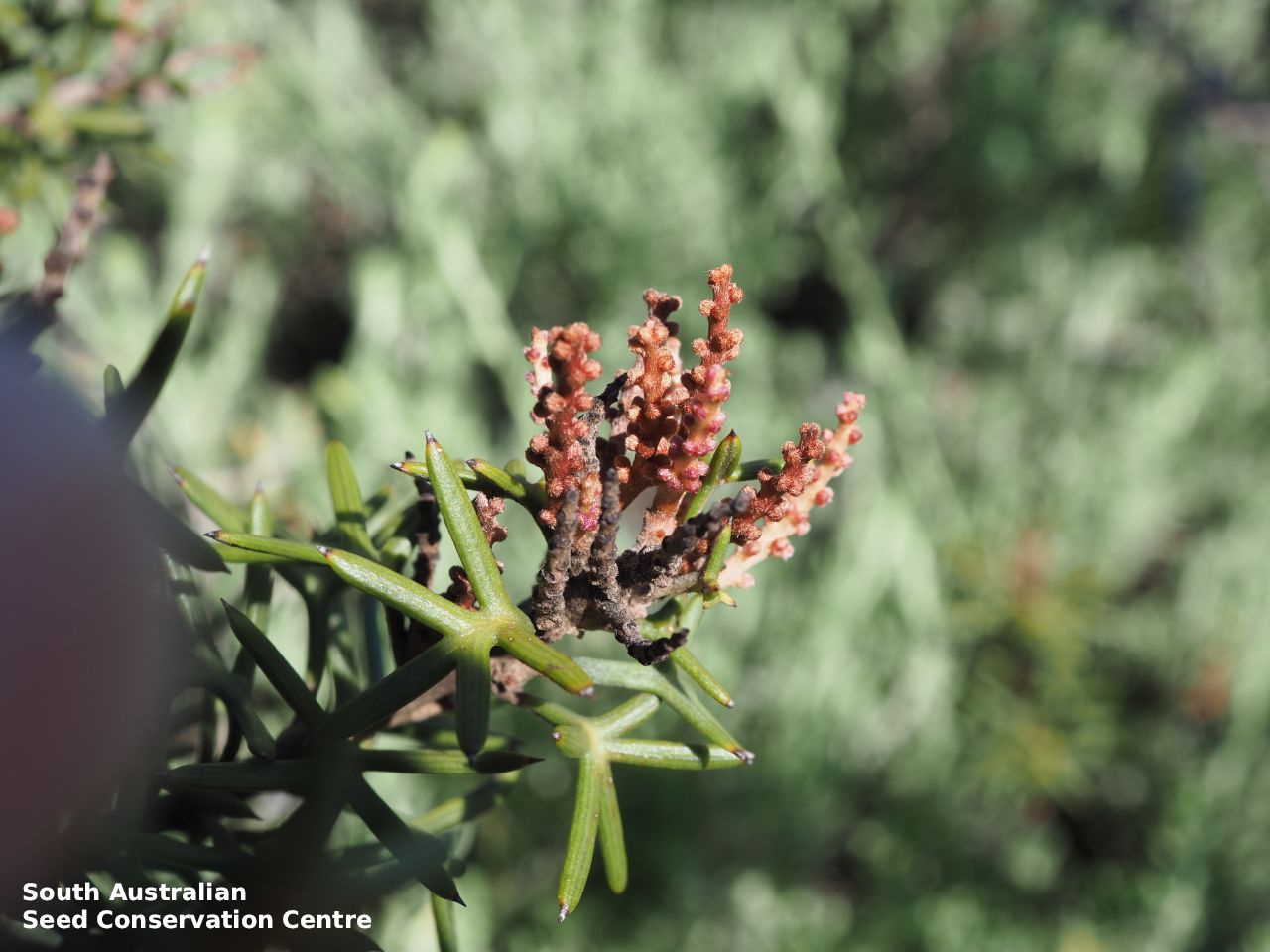
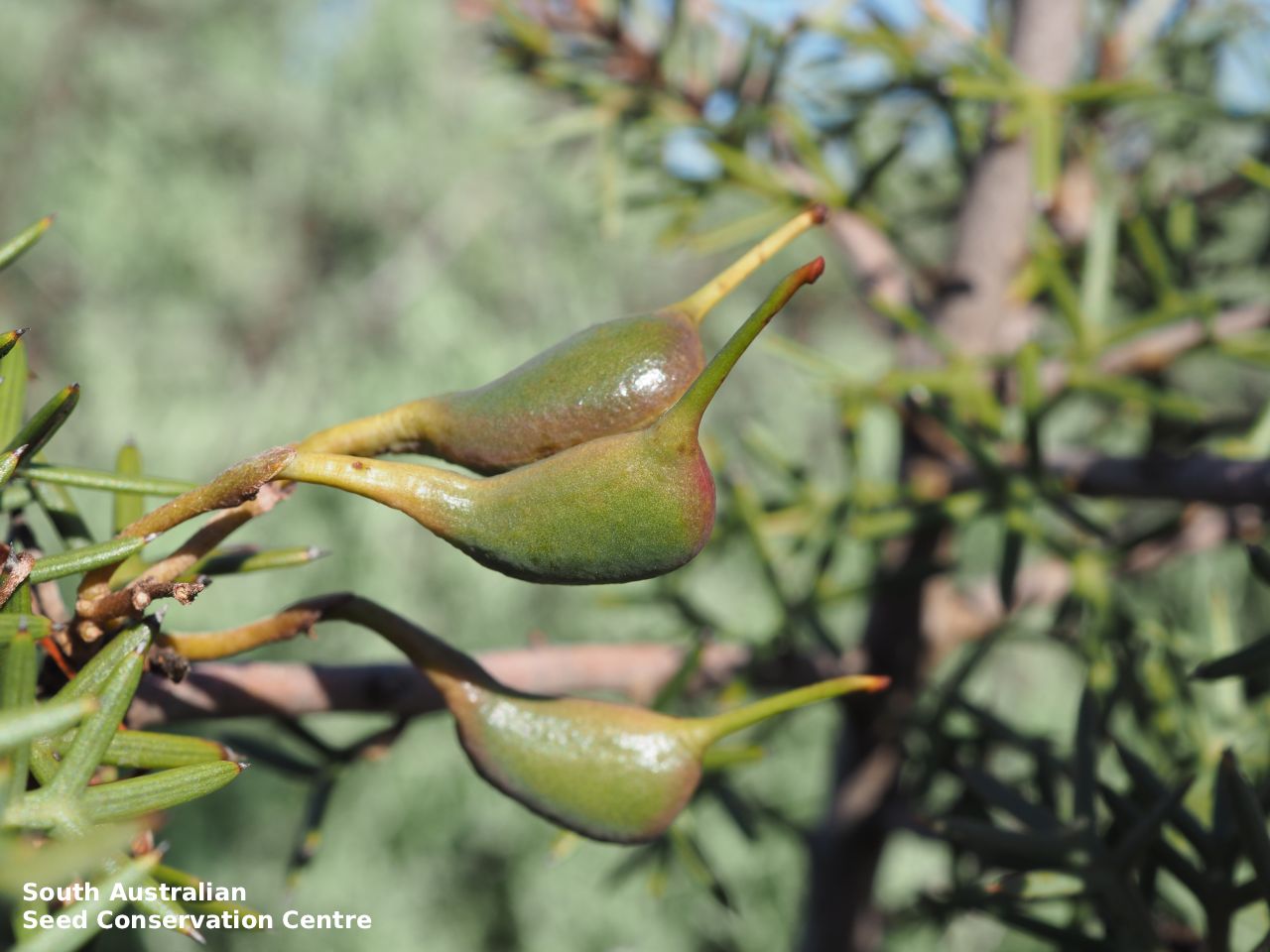
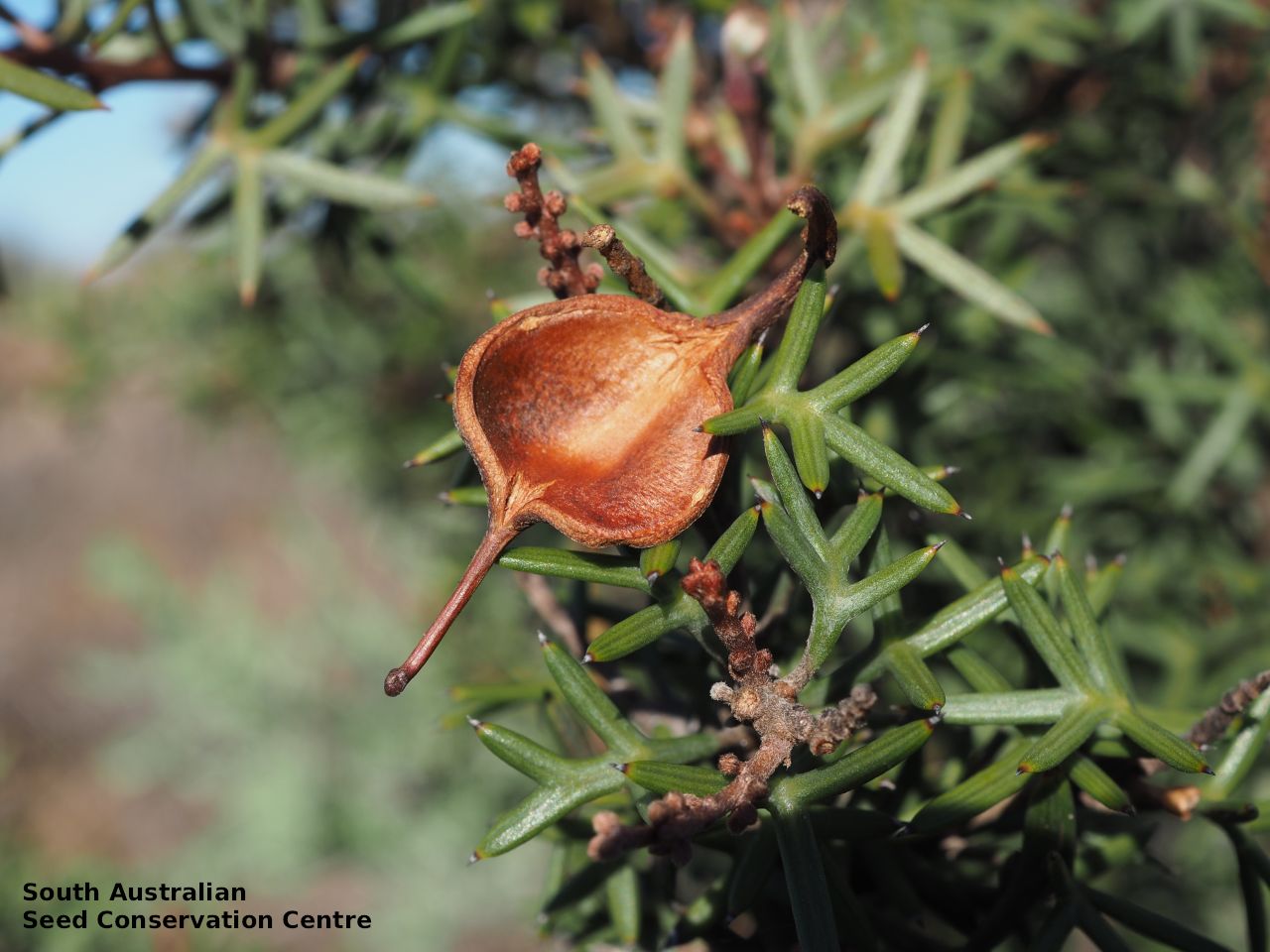
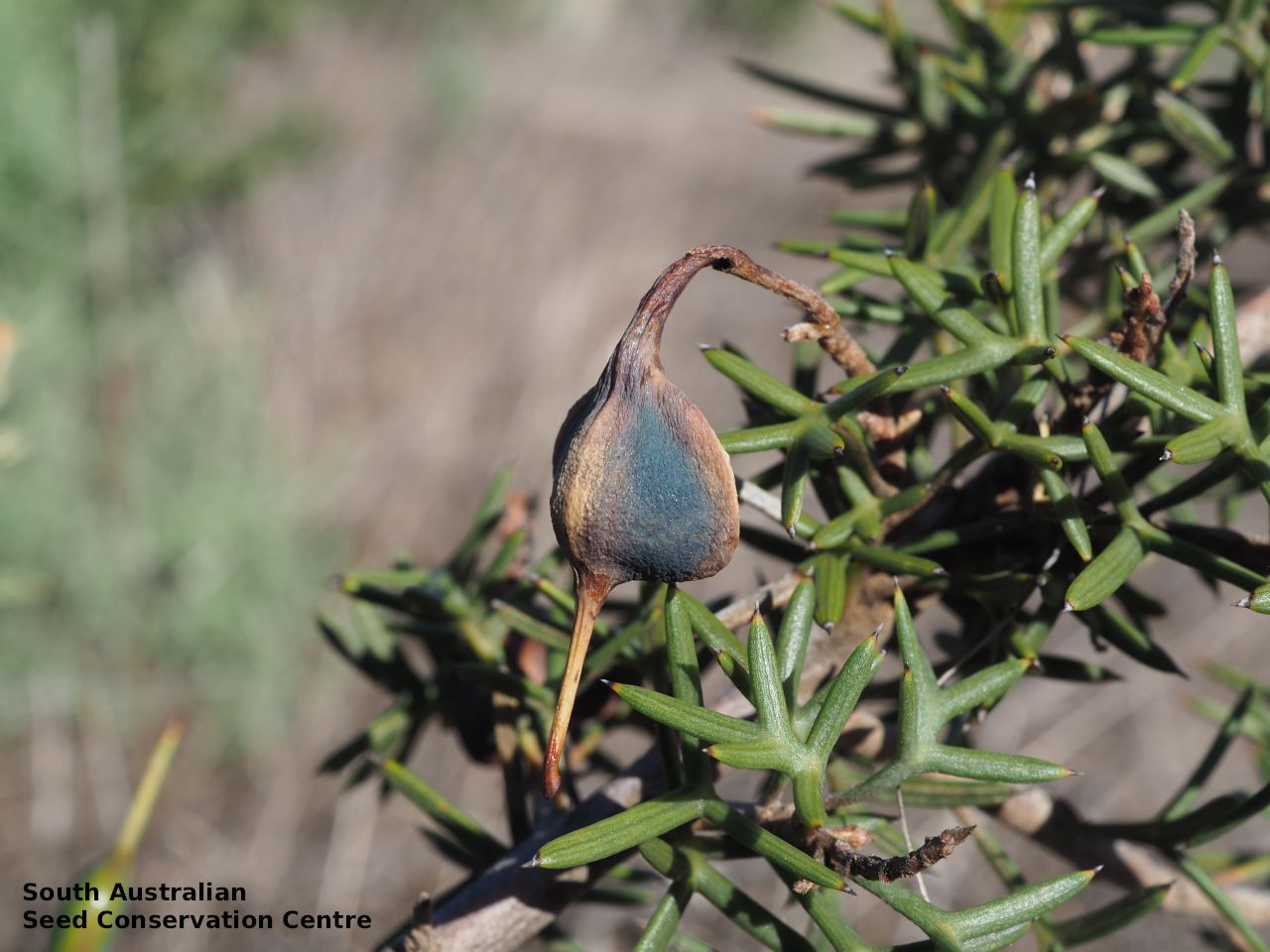
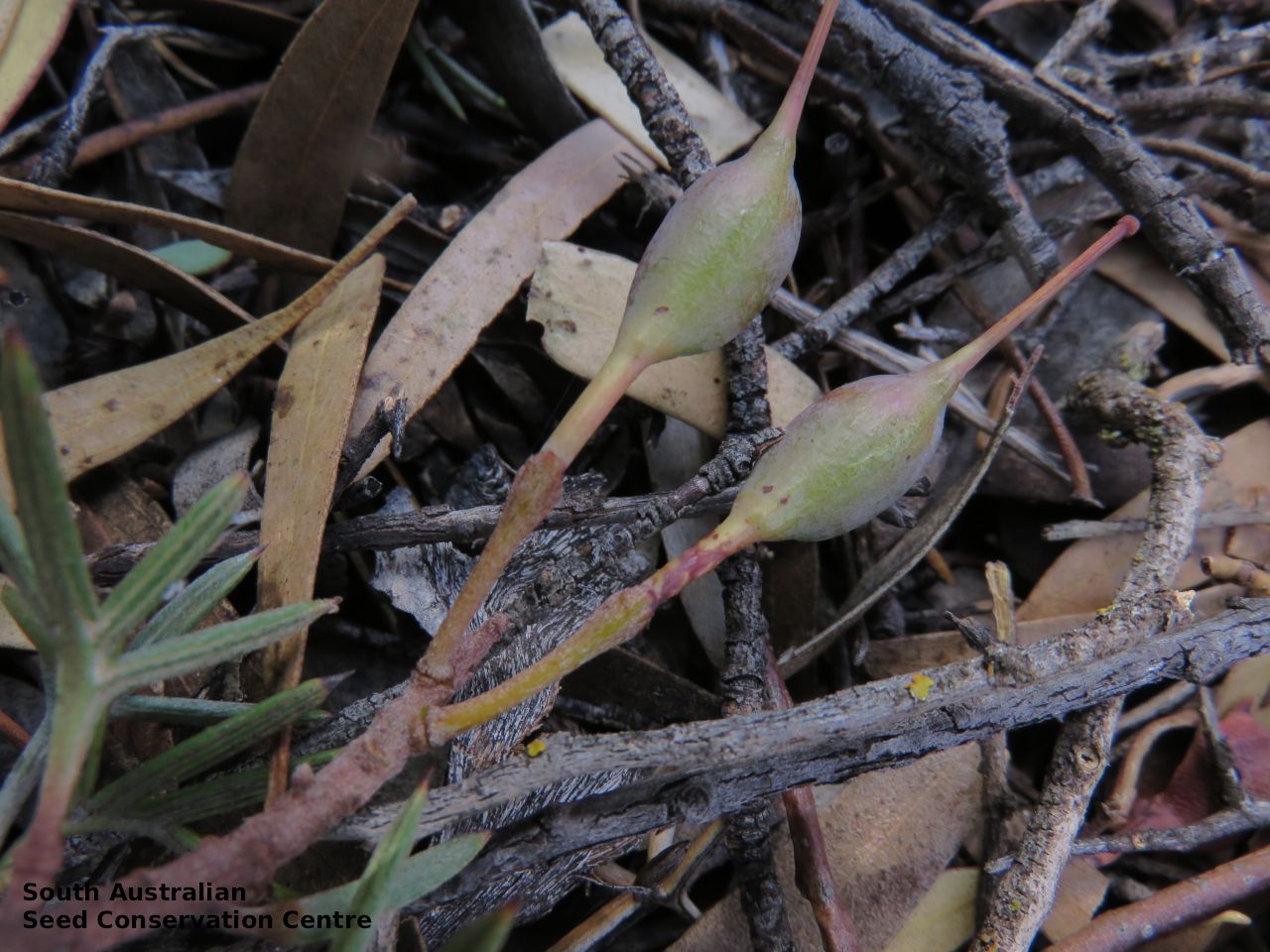
Regional Species Conservation Assessments per IBRA subregion.


Least concern
Near threatened
Rare
Vulnerable
Endangered
Critically endangered
Extinct
Data deficient
Adelaide
Arkaroola
Ceduna
Coober Pedy
Hawker
Innamincka
Marla
Marree
Mount Gambier
Oodnadatta
Renmark
Wudinna
Keith
Yunta
Display IBRA region text
| Fleurieu (KAN02) | Kanmantoo | Rare (IUCN: RA d(i,ii)) [edge of range] |
| Mount Lofty Ranges (FLB01) | Flinders Lofty Block | Data Deficient [question whether in region but cannot confirm if it was planted] |
| Broughton (FLB02) | | Vulnerable (IUCN: VU B2ab(i,ii,iii)) (Probable Decline) |
| Olary Spur (FLB03) | | Vulnerable (IUCN: VU B2ab(i,ii,iii)) (Probable Decline) |
| Southern Flinders (FLB04) | | Endangered (IUCN: EN B2ab(i,ii,iii)) (Definite Decline) [edge of range] |
| Northern Flinders (FLB05) | | Vulnerable (IUCN: VU B2ab(i,ii,iii)) (Probable Decline) [qualify of habitat declined] |
| Central Flinders (FLB06) | | Vulnerable (IUCN: VU B2ab(i,ii,iii)) (Probable Decline) [qualify of habitat declined] |
| Southern Yorke (EYB01) | Eyre Yorke Block | Vulnerable (IUCN: VU B2ab(i,ii,iii)) (Definite Decline) [edge of range, naturally rare] |
| St Vincent (EYB02) | | Near Threatened (Probable Decline) |
| Eyre Hills (EYB03) | | Least Concern |
| Talia (EYB04) | | Least Concern |
| Eyre Mallee (EYB05) | | Least Concern |
| South Olary Plain (MDD01) | Murray Darling Depression | Least Concern [grazed by goats] |
| Murray Mallee (MDD02) | | Near Threatened (Probable Decline) [grazed by sheep] |
| Lowan Mallee (MDD04) | | Rare (IUCN: RA d(i,ii)) (Probable Decline) [edge of range] |
| Braemer (MDD07) | | Vulnerable (IUCN: VU B2ab(i,ii,iii)) (Probable Decline) |
| Murray Scroll Belt (RIV06) | Riverina | Rare (IUCN: RA d(ii)) (Probable Decline) [on higher ground, not ideal habitat] |
| Myall Plains (GAW01) | Gawler | Least Concern |
| Gawler Volcanics (GAW02) | | Least Concern |
| Gawler Lakes (GAW03) | | Rare (IUCN: RA d(i,ii)) |
| Kingoonya (GAW05) | | Rare (IUCN: RA d(i,ii)) |
| Commonwealth Hill (GAW08) | | Rare (IUCN: RA d(i,ii)) [edge of range] |
| Maralinga (GVD03) | Great Victoria Desert | Least Concern |
| Yellabinna (GVD06) | | Least Concern |
| Yalata (NUL03) | Nullarbor | Least Concern |
| Fleurieu (KAN02) | Kanmantoo | Rare (IUCN: RA d(i,ii)) [edge of range] |
| 6 of 6 subregions | Flinders Lofty Block | Vulnerable , Endangered , Data Deficient |
| 5 of 5 subregions | Eyre Yorke Block | Least Concern , Near Threatened , Vulnerable |
| 4 of 6 subregions | Murray Darling Depression | Least Concern , Near Threatened , Rare , Vulnerable |
| Murray Scroll Belt (RIV06) | Riverina | Rare (IUCN: RA d(ii)) (Probable Decline) [on higher ground, not ideal habitat] |
| 5 of 8 subregions | Gawler | Least Concern , Rare |
| 2 of 4 subregions | Great Victoria Desert | Least Concern |
| Yalata (NUL03) | Nullarbor | Least Concern |
Botanical art
Kath Alcock paintings: 3
Common names
Comb Spider-flower
Comb Grevillea
Etymology
'Grevillea' after Charles F. Greville (1749-1809) a the co-founder of the Royal Horticultural Society and 'huegelii' after Baron Carl von Hugel (1795-1870) an Austrian traveller, plant collector and patron of horticulture
Distribution and status
Clay, loam or sandy soils, on flats, dunes or cliffs in sclerophyllous shrubland or woodland
Herbarium regions: North Western, Nullarbor, Gairdner-Torrens, Flinders Ranges, Eastern, Eyre Peninsula, Northern Lofty, Murray, Yorke Peninsula, Southern Lofty, Green Adelaide
NRM regions: Adelaide and Mount Lofty Ranges, Alinytjara Wilurara, Eyre Peninsula, Northern and Yorke, South Australian Arid Lands, South Australian Murray-Darling Basin
AVH map: SA distribution map (external link)
Plant description
Prickly prostrate to spreading shrub to 2m high. Leaves rigid, pinnatisect 1.5–6 cm long, smooth and glabrous above, with 2 sericeous grooves between the recurved margin and midrib. Inflorescence a raceme, 10-12-flowered, up to 3 at the end of short branches. Perianth red to pink, 15-24 mm long. Flowering August - March. Fruits are follicle, flattened, broad-ellipsoid, glabrous, 10–12 mm long, with an obliquely inserted glabrous persistent style. Seed embryo type is straight
Seed collection and propagation
Tie collection bags around branchlets to catch mature seeds, or sieve material from underneath foliage.











